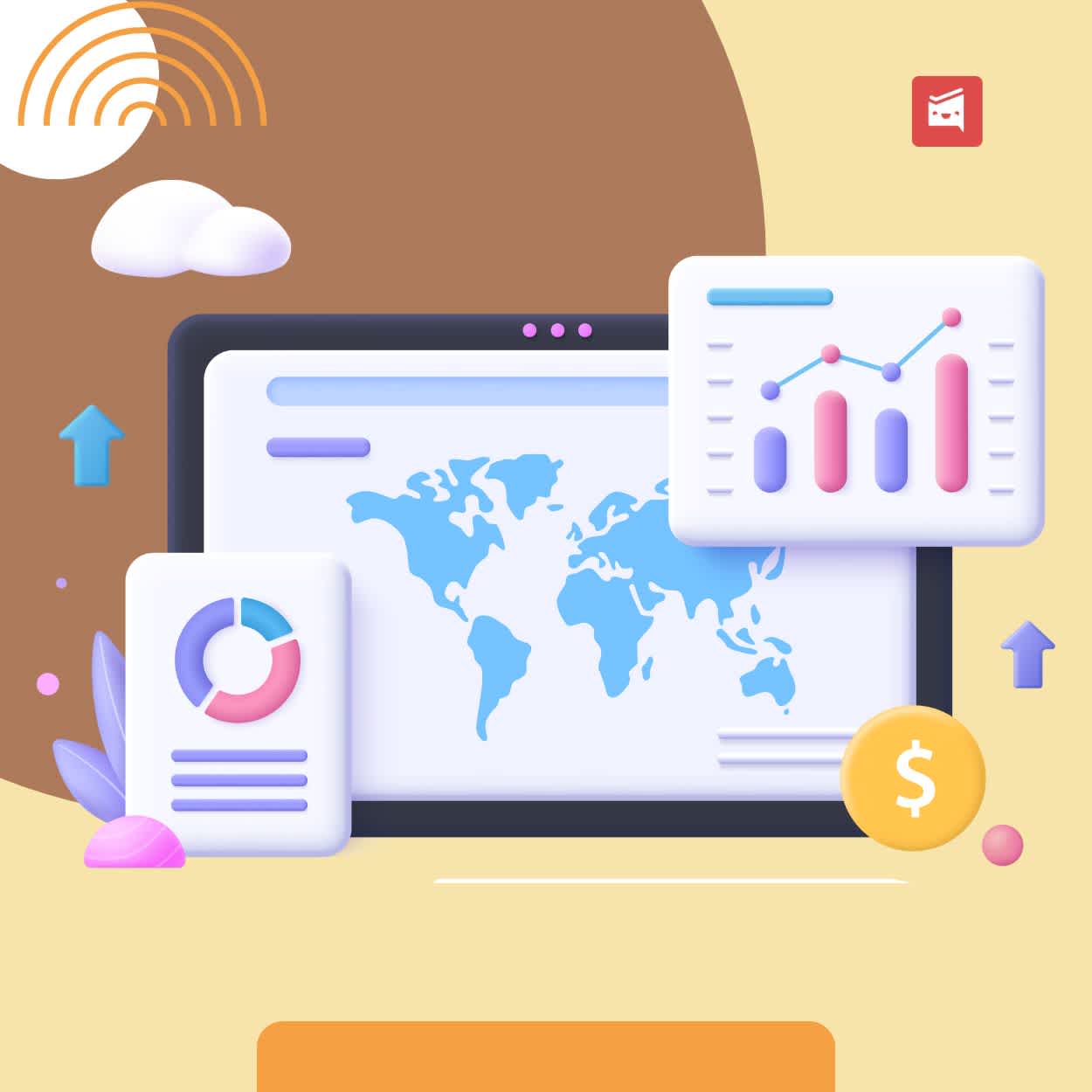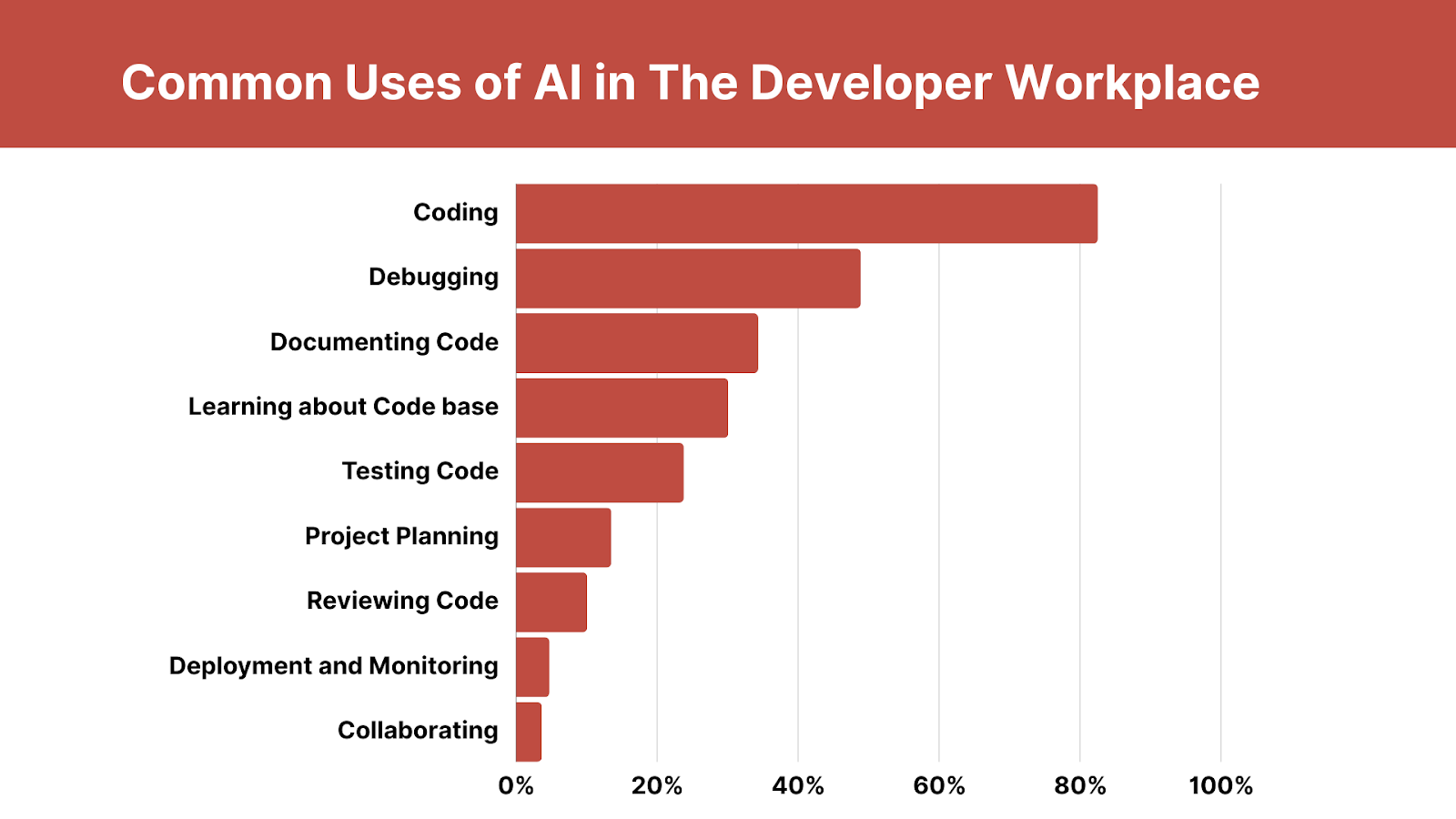Thriving in 2024: Tech Trends for Businesses and Job Seekers
ByJulian Gette
Workast publisher

Workast publisher
As we progress into 2024, businesses across diverse industries are actively refining their digital transformation strategies to leverage the latest technological innovations. From artificial intelligence (AI) integration to remote collaboration tools, companies are leveraging Future Tech Landscapes to drive efficiency, productivity, and growth.
Likewise, individuals seeking success in the modern economy must continuously develop and refine their skills to align with sought-after roles. By understanding the key technology trends impacting businesses and employment opportunities today, both enterprises and workers can gain a competitive edge.
The automation revolution is well underway, with repetitive and routine tasks in many jobs being handed over to machines. As per McKinsey, machines can automate 50-75% of workplace activities by 2024. Rather than reducing employment, automation is leading to new hybrid roles and increasing productivity. Workers displaced by automation have opportunities to reskill into human-centric roles managing automated processes.
Automation has been integrated into various areas of tech development, providing opportunities for upskilling and enhancing work processes.
Artificial intelligence (AI) tools like machine learning and natural language processing are augmenting human capabilities across sectors. As per an MIT SMR-BCG study, 70% of companies have implemented AI in some workflows, with another 90% planning to adopt AI solutions by 2024. While raising efficiency, AI is also creating specialized, high-value roles in training, interpreting, and monitoring AI systems.
The remote work revolution triggered by the pandemic will continue defining work in 2024 and beyond. Per McKinsey, over 20-25% of all workforces in advanced economies could work remotely three to five days a week by 2024. With virtual collaboration tools improving drastically, business productivity can be maintained and even improved with remote work. This enables expanded talent reach and retention for employers, and greater work-life balance for employees.
The rise of remote workspaces has also subsequently given rise to the need for clear communication. With remote work making non-verbal communication harder to do, a need for clear communication is needed.
By 2024, IDC predicts that 60% of G2000 companies will commit to providing technical parity to a digital workforce and a real workforce. Digital twins, AR/VR spaces, and immersive virtual offices are emerging digital workspaces that remove physical limitations. When paired with increasing connectivity, these hyper-real work environments boost productivity and collaboration.
Offering flexibility in when, where, and how work gets done will be non-negotiable for attracting and retaining top talent in 2024, according to Josh Bersin Research. Forward-thinking companies will enable employees to dynamically shift between onsite and remote work while supporting BYOD policies for hardware/devices. Providing flexible work arrangements gives businesses an edge in sourcing skilled resources unconstrained by geography.
According to Insider Intelligence, retail e-commerce is slated to hit $7.4 trillion globally by 2025. Smooth integration of online and offline channels is vital for delivering seamless customer experiences. Investing in unified commerce platforms, and hyper-personalization through AI, VR/AR shopping tools, chatbots, and analytics will be key e-commerce trends through 2024.
Ensuring robust data security is an enterprise priority, with cyber threats growing in scale and sophistication. As per Gartner, cybersecurity mesh architectures will be adopted across enterprises by 2024 - integrating centralized security controls with distributed access/data sources for coordinated protection. Companies will utilize solutions combining cloud platforms, Zero Trust models, blockchain, and advanced AI defense.
Environmental consciousness has hit an inflection point where sustainability practices are now commercially viable and a competitive advantage. Companies are working towards long-term emission reduction aligned with global climate goals while innovating circular economy solutions. Gartner predicts that by 2025, 40% of enterprise IT climate actions will move from planning to implementation to accelerate their net-zero transition.
Quantum Computing Adoption:
Quantum computing represents a revolutionary leap in computational power, leveraging the principles of quantum mechanics to perform calculations at an unprecedented speed. While still in its infancy, quantum technology holds immense promise across various industries. Real-world applications are swiftly emerging, offering solutions to complex problems that were previously considered insurmountable. McKinsey estimates that the commercialization of quantum computing could generate an annual value ranging from $850 billion to $2.2 trillion by 2024. Key areas such as drug discovery, climate modeling, and cybersecurity stand to benefit significantly from the capabilities of quantum computing.
Explosive 5G Growth:
The proliferation of 5G technology promises a paradigm shift in connectivity, delivering lightning-fast speeds and nearly instantaneous response times. Ericsson projects that 65% of the global population will be covered by 5G networks by 2025, ushering in a new era of mobile innovation. With its transformative potential, 5G will transform smartphones into central control hubs for a myriad of applications, including smart homes, autonomous mobility, cloud gaming, IoT systems, and advanced applications. However, fully unlocking this potential necessitates the expansion and scaling of infrastructure, such as deploying small cells and enhancing fiber backhaul capabilities.
Maturing IoT Ecosystems:
The convergence of IoT with advanced technologies like 5G, AI/ML, and mesh networks is driving significant value from interconnected devices and the insights derived from their data. According to Fortune Business Insights, the global IoT market is poised for exponential growth, projected to reach $1,854 billion by 2028 at a compound annual growth rate (CAGR) of 25.4%. Companies are increasingly leveraging IoT solutions to optimize operations, with initiatives such as smart warehouses, fleet tracking systems, and remote equipment monitoring. However, the widespread adoption of IoT also brings forth challenges, particularly regarding data privacy and security, underscoring the importance of robust cybersecurity measures in IoT deployments.
The pace of technology innovation shows no signs of slowing down in 2024 and beyond. Businesses need sound digital transformation roadmaps tapping into leading-edge tools like AI, automation, omnichannel platforms, sustainability solutions, quantum computing and 5G to stay ahead. Similarly, the future workforce must continuously gain skills in growing areas like AI/ML, cybersecurity, data analytics, process automation and UX design to remain employable. By judiciously adopting the right emerging tech mix for their goals while prioritizing human-centric design, both companies and workers can thrive in 2024.
Which technologies will disrupt businesses the most by 2024?
Major technological disruptions will come from artificial intelligence, 5G networks, Internet of Things ecosystems, robotic process automation, virtual reality solutions, quantum computing and more.
What are the most in-demand technology skills currently?
Currently, skills related to data science, analytics, machine learning, artificial intelligence, robotic process automation, cybersecurity, cloud, and blockchain are most in demand.
How can businesses reskill employees to prepare for technological changes?
Businesses can re-skill workers through online learning platforms, coding boot camps, internal training programs, mentorship initiatives, and external certifications.
What future technology trends should college students focus on?
College students should skill up in areas like data science, user experience design, digital marketing, artificial intelligence, cloud solutions, computer vision, and immersive media.
How are advancements like automation impacting jobs in the future?
While automation is taking over repetitive tasks, it is also creating specialized roles in monitoring automated workflows. Further emerging technologies open up novel jobs we cannot yet envision. Adaptability is vital.
1. Leveraging automation, AI, IoT, and other innovations allows companies to boost efficiency and productivity.
2. Remote work, digital workspaces, and flexible arrangements are becoming fundamental workforce practices.
3. E-commerce, sustainability, and cybersecurity are crucial strategic verticals seeing rapid change and development.
4. Quantum computing, 5G networks, and maturing IoT ecosystems offer transformative potential that business leaders across sectors should learn to harness.
5. The future workforce must continually gain hybrid skillsets combining human strengths like creativity with digital capabilities in areas like data analytics.
6. Rather than reducing employment, technological change is creating new, specialized roles in managing and augmenting next-gen tools. Adaptability is key for individuals.

